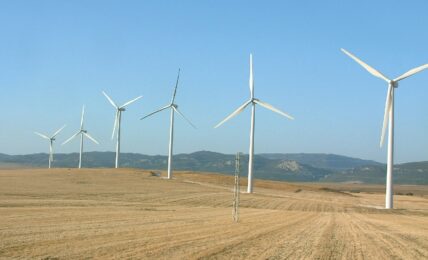Canada-based financial services company Scotiabank announced today a new series of sustainable finance and climate commitments, including a goal to mobilize $350 billion in capital for climate-related finance by 2030.
The new goals were announced along with the publication of the bank’s 2021 Environment, Social and Governance Report, highlighting Scotia’s progress towards its ESG commitments, and its inaugural Net-Zero Pathways report. The net zero report provides a comprehensive outline of the company’s commitment to be a net zero bank, and its approach to achieving this goal, and includes Scotia’s initial financed emissions intensity targets for high-emitting sectors. Financed emissions typically make up the significant majority of banks’ climate impact.
As a signatory to the Net Zero Banking Alliance, Scotiabank has committed to align operational and attributable emissions from their portfolios with pathways to net-zero by 2050, and to set credible, robust targets for financed emissions associated with lending and investment activities. Today’s net zero pathways report details several of the bank’s commitments, including achieving net-zero operations by 2030, securing 100% non-emitting electricity in Canada by 2025, and globally by 2030, mobilizing $350 billion in capital for climate-related finance by 2030, and providing $25 million in community investment over 10 years to support non-profit and charitable partnerships that enable climate-related systems change and sector decarbonization. New financed emissions goals include reducing scope 1 and 2 emissions intensity in the company’s Oil and Gas portfolio by 30% and scope 3 emissions intensity by approximately 15–25%, and reducing scope 1 and 2 emissions intensity of its Power and Utilities portfolio by 55-60%, by 2030.
Brian Porter, President & CEO Scotiabank, said:
“Banks are drivers of prosperity, partners that enable the success of businesses small and large, a critical part of the social fabric, and engines of economic growth. How we choose to bank impacts the world around us, particularly in relation to environmental, social, and governance issues. As a Leading Bank in the Americas, we remain steadfast in our commitment to drive positive change in communities where we bank and around the world, which includes addressing climate change and supporting the transition to a low-carbon economy.”
The post Scotiabank Launches $350 Billion Climate Finance Commitment appeared first on ESG Today.



